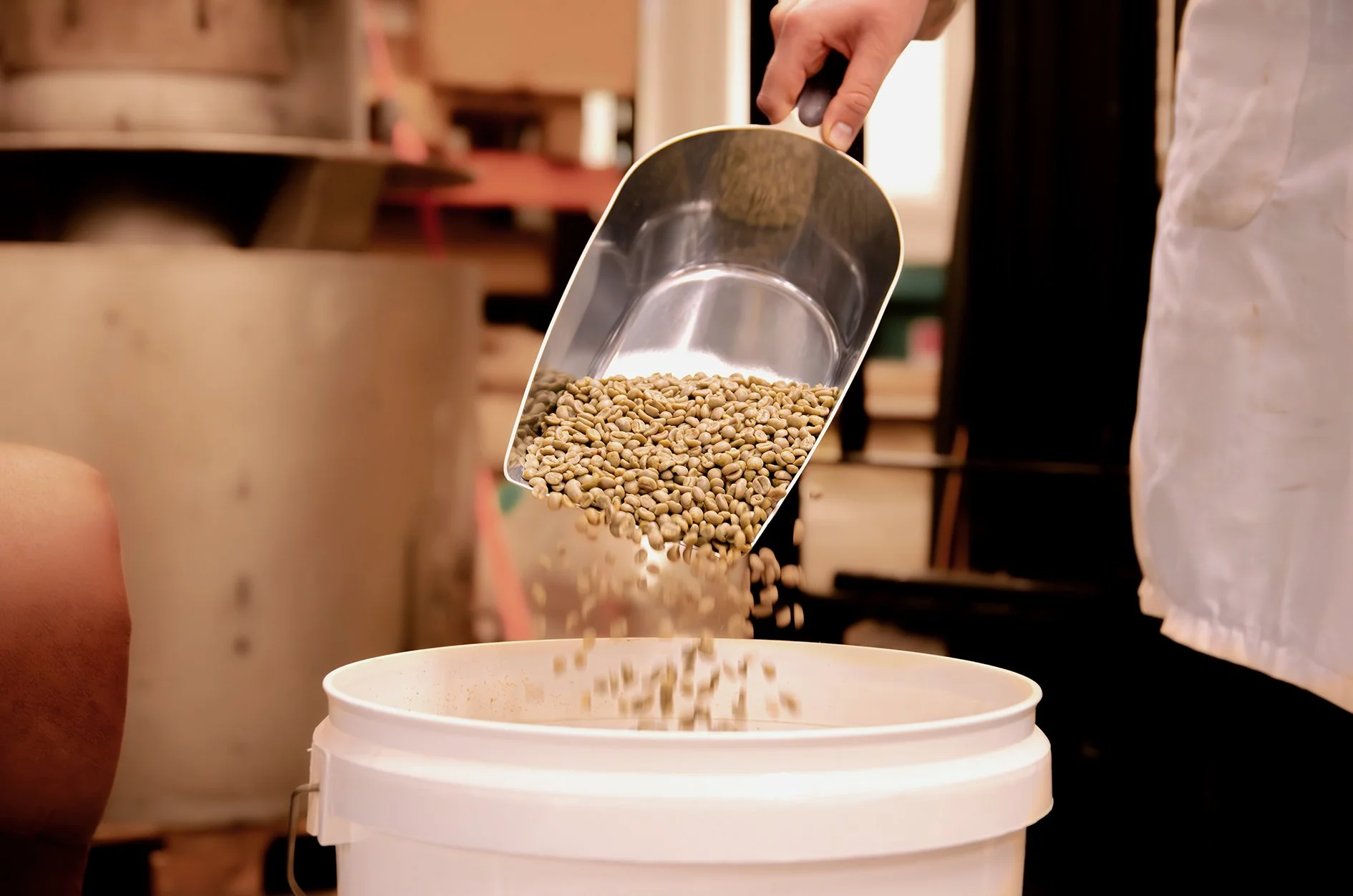Light, medium, and dark roasts explained
Our expert coffee roaster, Em Andrews, explains the differences in taste when coffee roasting at different levels
People in the roasting world often agree that the most crucial factor influencing the flavour of coffee is the roast degree, or how much and how long it is roasted for. It is a vital parameter determined by the roaster to unlock the best potential flavours during the process and to ensure consistency from batch to batch. So, what exactly happens when coffee is roasted to different levels?
Raw coffee beans arrive to the roastery green in colour and smelling grassy, in fact, they barely smell of coffee at all. They're packed full of organic compounds which break down during various chemical reactions as they are exposed to heat. They form hundreds of different aroma compounds which shape the flavour of the cup.
A light roast, exposed to heat for less time and lighter brown in colour, maintains more of the original organic compounds as they’re not given enough time to fully break down. This results in a highly aromatic coffee with lots of acidity. Light roasts generally provide delicate floral flavour notes along with fruity sweetness and are best suited to filter coffees - a gentler brewing method.
If the coffee is a medium roast - exposed to heat for longer at slightly higher temperatures - more organic compounds are broken down. Acidity levels drop and slight bitterness is introduced, but the result is a balanced cup with sweetness and good body. This makes them popular in cafes as house blends, as they are enjoyed by most coffee drinkers and behave consistently with an espresso machine.
The longer the beans are roasted, the darker brown they turn, and oils can be seen on the surface. Dark roasts have strong body and low acidity make them ideal for Moka pots and espresso machines, for a more traditional Italian style drink. Intense chocolate and brown sugar flavour notes dominate, which tend to marry perfectly with milk.
Being a roaster means striking a careful balance of time and temperature to find the roast degree best suited to each coffee’s characteristics. Roasting too light results in an underdeveloped, grassy tasting cup and roasting for too long allows burnt and smoky flavours to creep in, neither of which make for a pleasant coffee experience.
When applied correctly, the roast degree is just one of many tools that can be used to expand the endless spectrum of flavours naturally present in coffee. As a coffee lover, your responsibility lies in identifying the ones you enjoy best.


